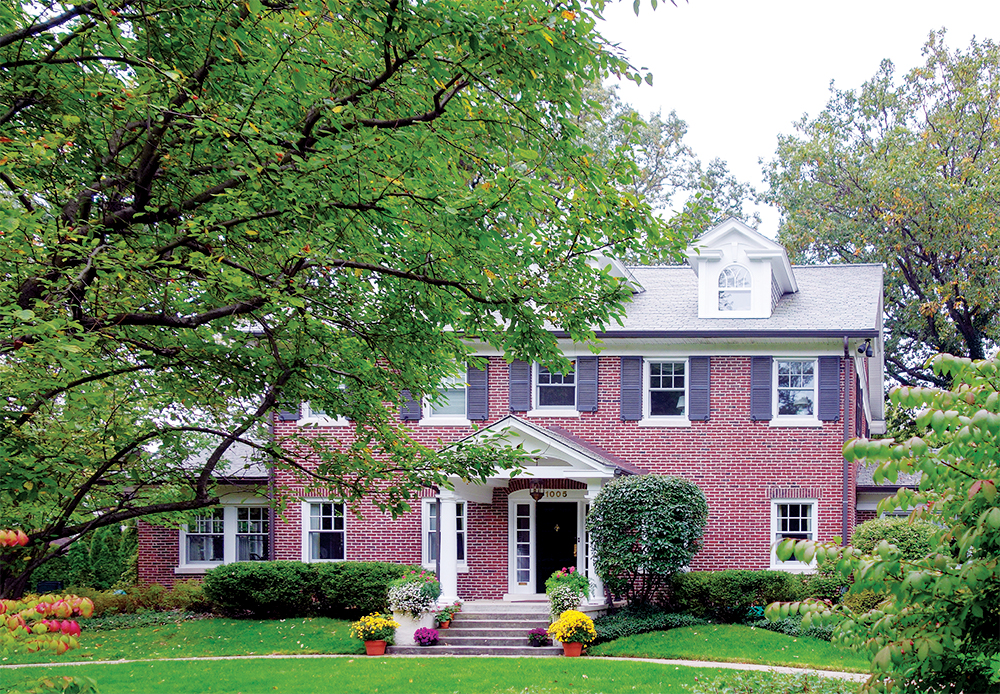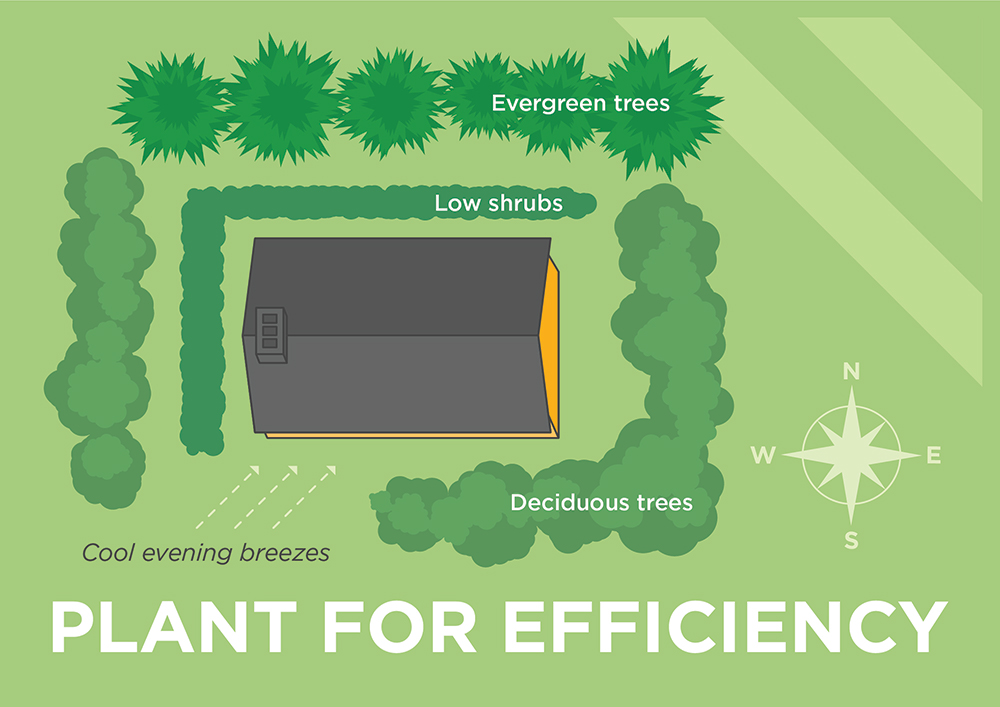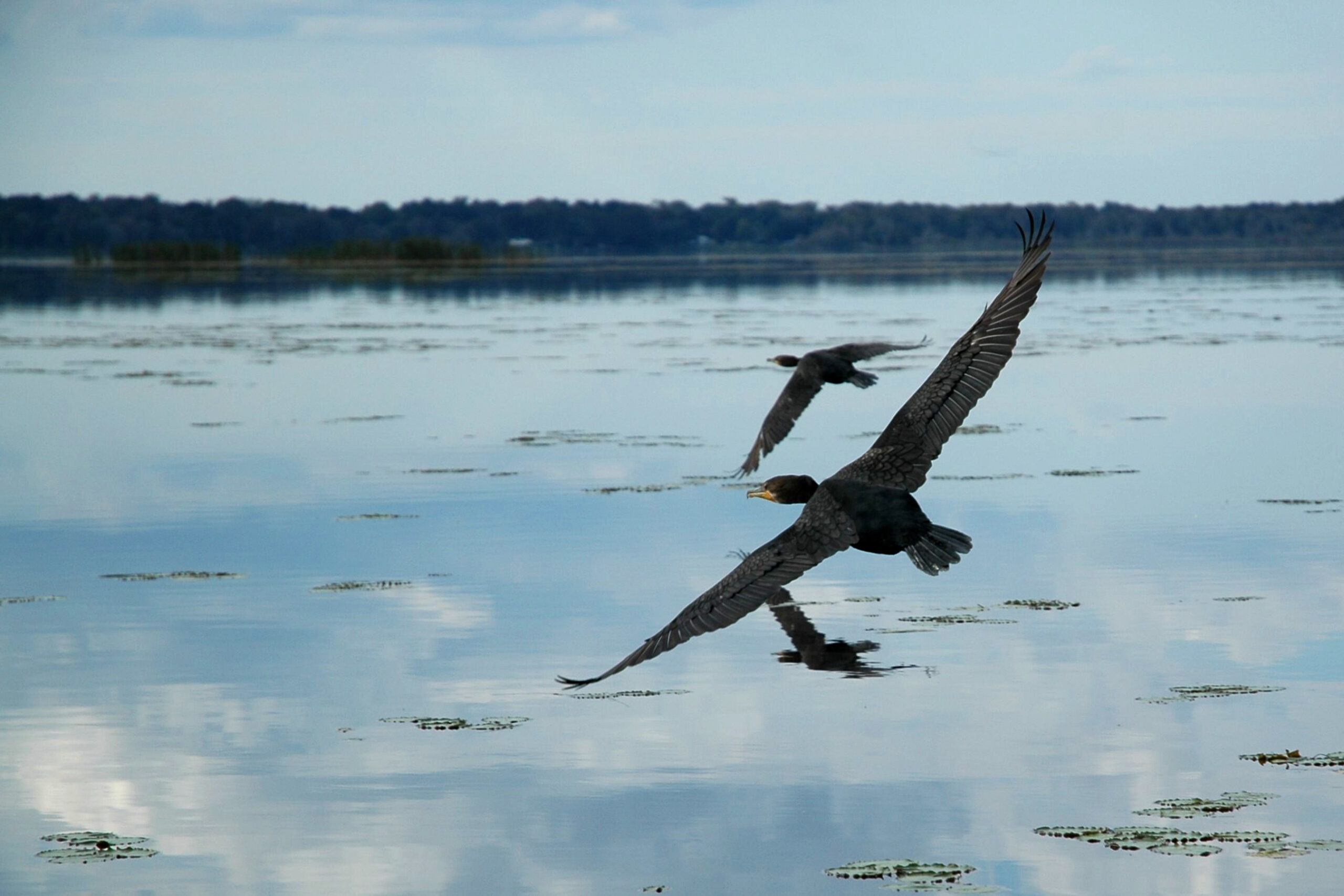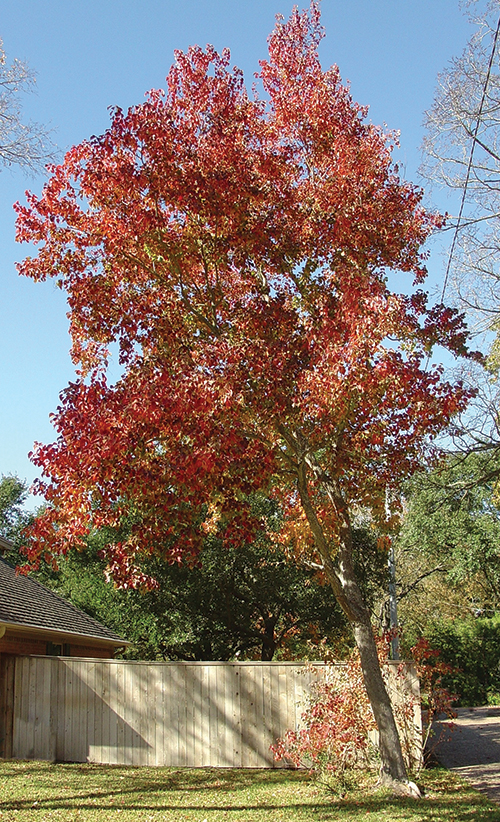
By Pat Keegan and Brad Thiessen
Q: A friend told us that if our landscaping is done right, it can help lower our home’s monthly energy bill. What choices can we make that will reduce our home energy use?
Your friend is right. The decisions you make about your home’s landscaping can help you stay cooler in the summer and warmer in the winter. With summer just around the corner, let’s start by looking at how strategic planting can help cool your home.
Direct sunlight hitting windows is a major contributor to overheating your home during summer months. By planting trees that block sunlight, you can improve comfort and reduce your air conditioning energy use. If the trees eventually grow tall enough to shield your roof, that’s even better.
The most important windows to shade are the ones facing west, followed by windows that face east. Morning and evening sunlight hits the home more directly than mid-day sunlight. Also, an eave on the south side of your home can help shade your windows during mid-day sun.
If you live in a colder climate, planting deciduous trees that lose their leaves in fall will shield your windows in summer and allow sunlight in during winter to help warm your home. A simple approach that can deliver some shade the first year is to plant a “living wall” of vines grown on a trellis next to your home.
One cooling strategy is to make sure your air conditioning compressor has some plants near it. Just make sure the plants aren’t too close. The compressor should have a five-foot space above it and a two- to three-foot gap all the way around so that it gets enough air movement to do its job.
There are two other factors to consider that are important in some areas of the country:
Water is becoming more precious and more expensive. When you pay your water bill, much of that cost is for the energy required to pump water to your home, or perhaps you have your own well. Either way, reducing water use saves you money and reduces energy use.
If you live in an area that has wildfires, you should definitely take that into consideration as you develop a landscaping plan. What and where you plant on your property can either increase or decrease the risk of fire reaching your home.
Now let’s talk about how landscaping impacts your home’s energy use and comfort in the winter.

If you live in a colder climate, a solid wind break can cut harsh winter winds. The best solution for this is a solid row of trees (preferably evergreen) on the wind
ward side of the home, with shrubs underneath the trees to keep the wind from sneaking through. If you live in a warmer climate, you would not want a wind barrier as wind flow will help cool your home.
If you live in a cooler climate that isn’t too humid, planting a row of shrubs a foot from your home can provide more efficiency. By stopping air movement, it can form a dead air space around the home that acts as “bonus” insulation. While you’re at it, you could add some foundation insulation if you have a home with a basement or if it’s built on a slab. In a humid climate, however, leave several feet of space between landscaping and the home as air flow is necessary to avoid moisture-related home damage.
These are just a few ideas to help you get started. I should also note that as with any landscaping projects that require digging, remember to dial 8-1-1 to ensure all underground utility lines are properly marked and flagged before you start the work. Happy planting!




